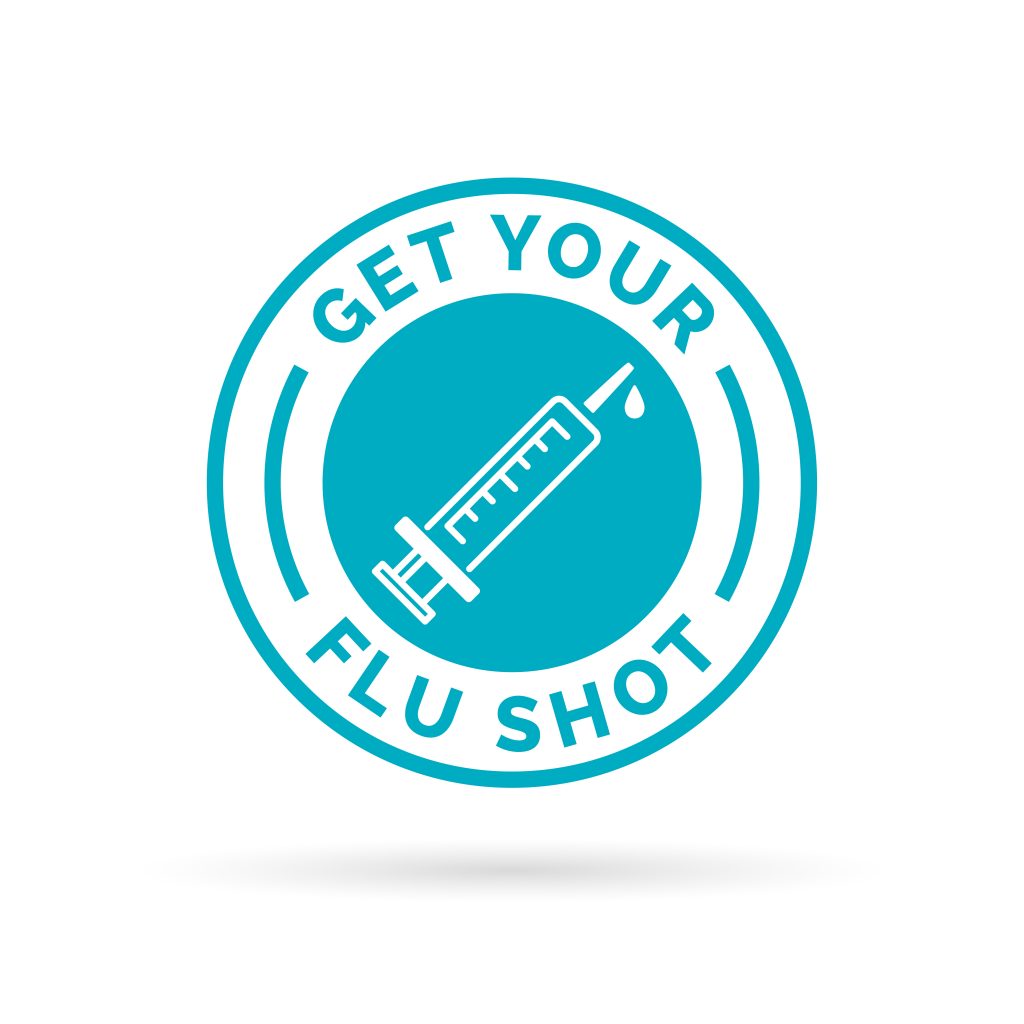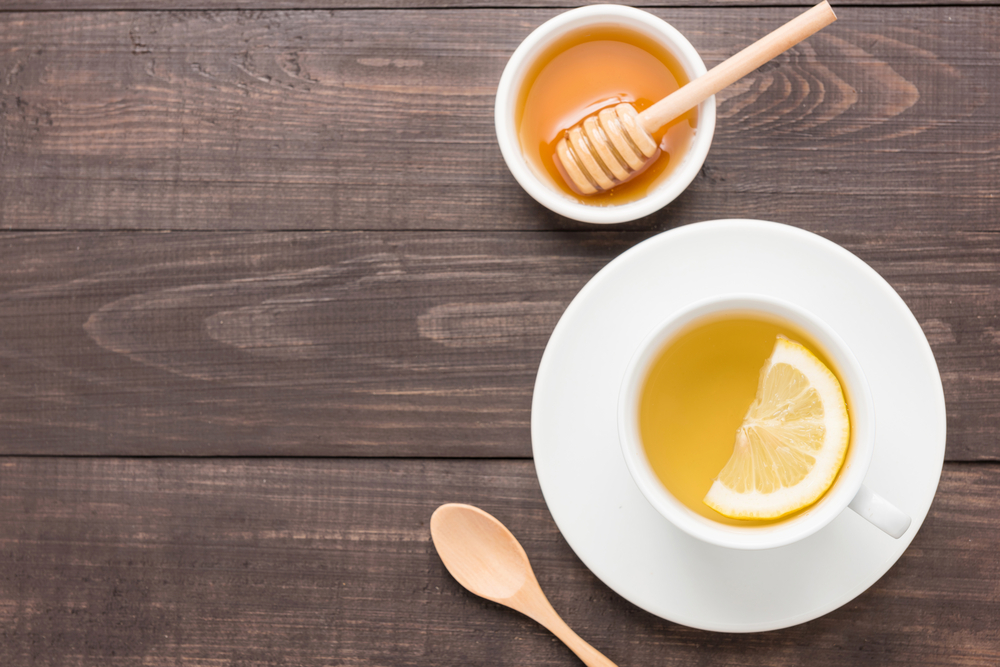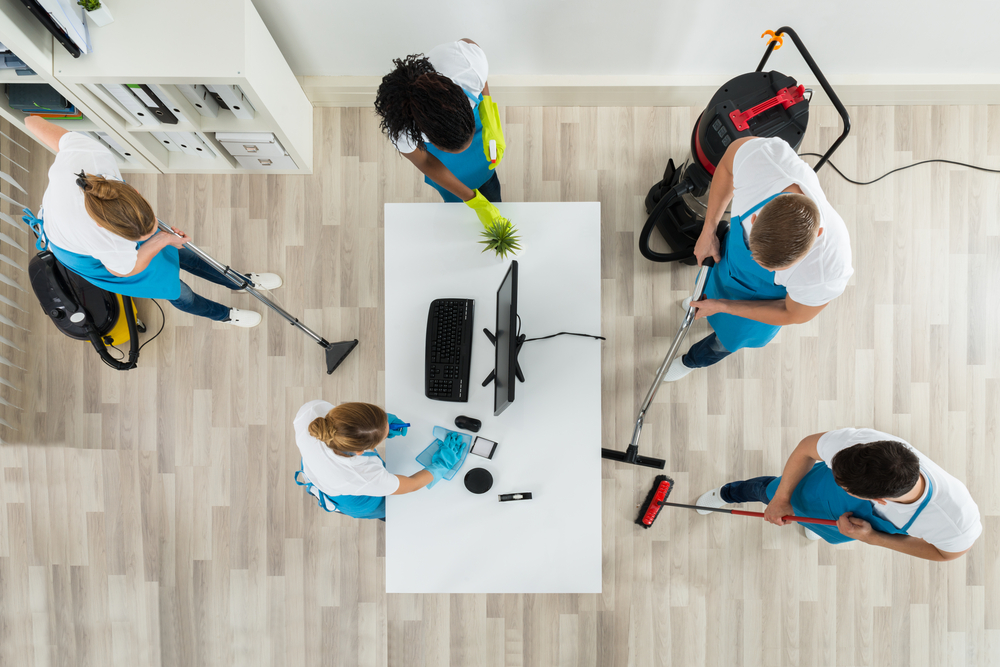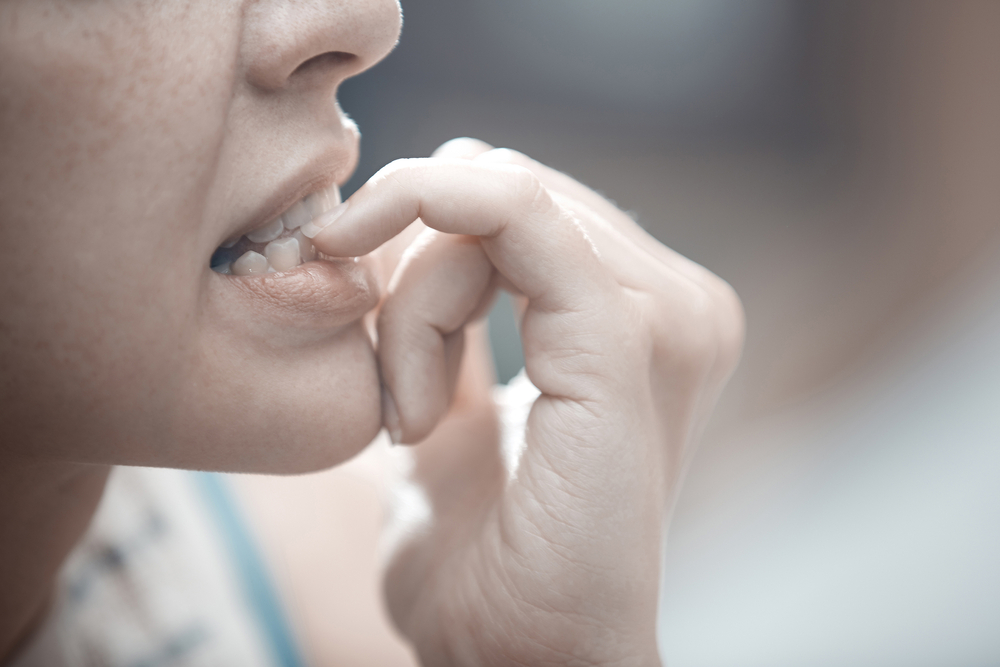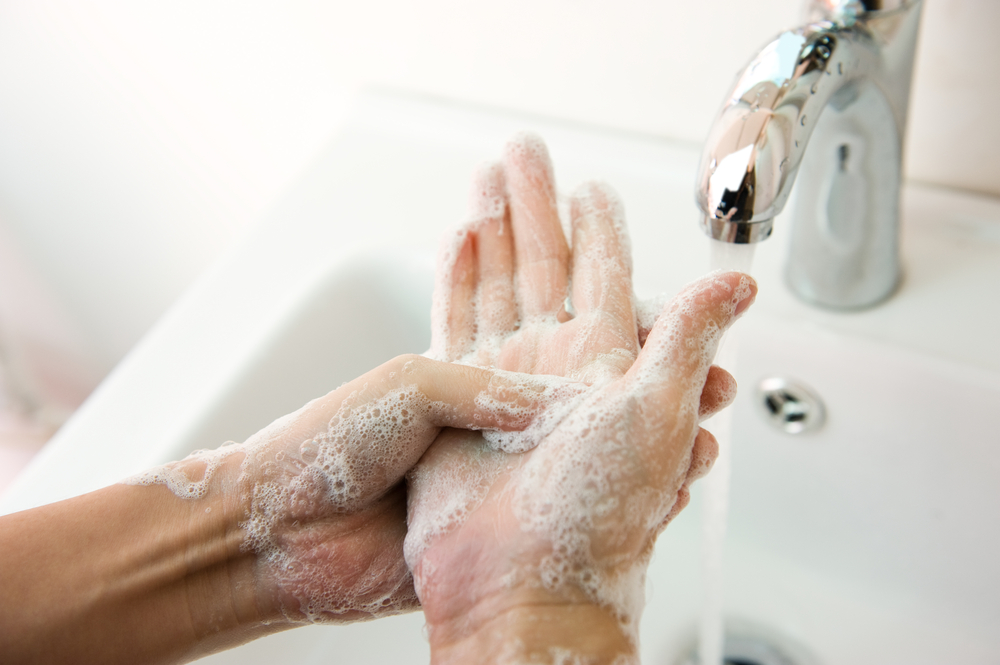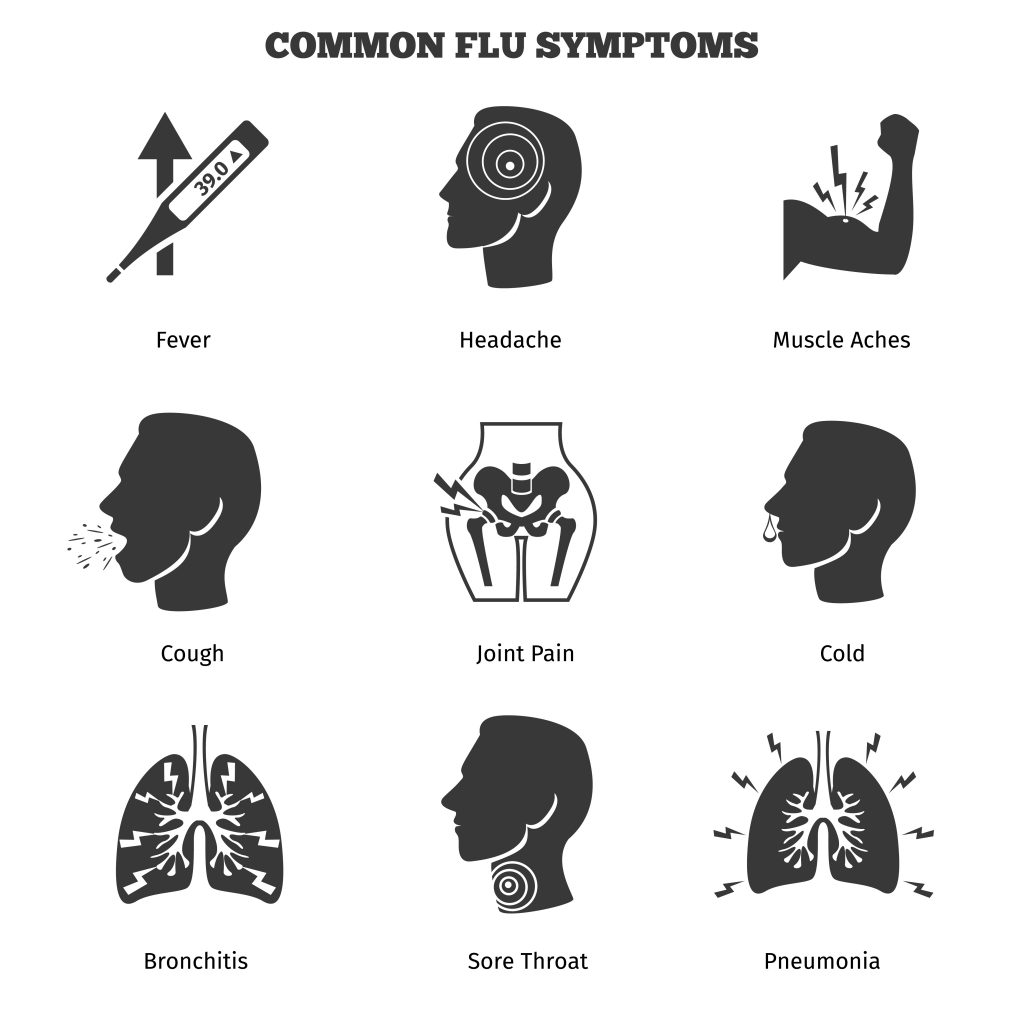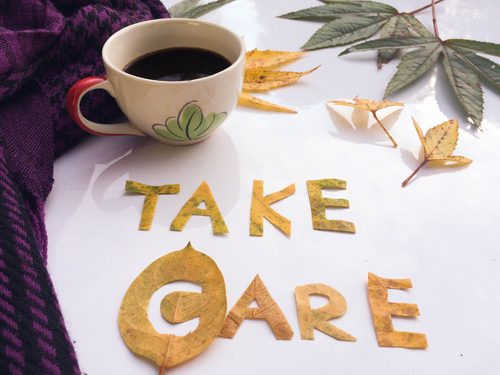10 Tips to Get You Through Cold and Flu Season

It’s that time of year when everyone starts to get sick and pass around their cold and flu germs. Having a chronic illness means that your immune system is already compromised, which makes picking up other people’s winter illnesses harder to avoid. However, you don’t have to lock yourself away until spring, just heed some basic advice on how to keep those nasty germs at bay.
1. Get a Flu Shot
This is the most important and one of the easiest things you can do to avoid getting the flu.
Source: WebMD
Find out more about reducing PAH patients’ hospitalizations here.
2. Limit Your Alcohol Intake
Drinking alcohol interferes with your sleep, meaning you’ll sleep less and the sleep you get will be of a poorer quality. You are more likely to succumb to colds and flu if you’re tired.
Source: Health.com
Find out which essential oils are good for patients with pulmonary hypertension.
3. Drink Tea with Lemon and Honey
Ditch the milk and sugar and add honey and lemon to your cup of tea instead. The steam from the teas stimulates the tiny hair follicles up the nose to flush out germs. Honey (particularly manuka honey) is antibacterial and lemons are high in vitamin C and help thin mucus.
Source: Health.com
Meet Lindsay and find out more about her pulmonary hypertension story.
4. Sanitize Your Workspace
Keeping your workspace as clean as possible will help keep germs at bay. Use disinfectant to deep clean anything that people handle a lot: elevator buttons, chair armrests, microwaves, fridges, remote controls, photocopier machine buttons, door handles, shared computer keyboards, etc.
Source: Health.com
Read our columnist Serena Lawrence’s tips for taking care of yourself.
5. Use Your Own Pens
Keep your own pens on you at all times, this way you won’t need to use shared pens at the bank, doctor’s office, or office reception.
Source: Health.com
Could reflexology be used to help ease pulmonary hypertension symptoms? Find out more here.
6. Stop Biting Your Nails.
Unless you can guarantee that your nails are completely germ-free (which is unlikely no matter how much you wash your hands) then biting your nails is a sure-fire way for cold and flu germs to enter your body.
Source: Prevention.com
Discover some relaxation techniques to help ease your PH symptoms.
7. Wash Your Hands–A Lot!
The more you wash your hands, the less likely they are to harbor cold and flu germs. Aside from washing your hands after going to the bathroom, or before eating, you should also wash them after touching anything that lots of other people have touched. Carry a small bottle of hand sanitizer gel around with you if there are no washrooms.
Source: Prevention.com
Discover some breathing exercises that can help pulmonary hypertension patients.
8. Sweat More!
Work out at the gym, go for a run, or simply take a sauna–anything that makes you sweat. Sweating helps the body release toxins.
Source: Health.com
Study finds PH patients who engage in exercise show a range of improvements. Find out more here.
9. Look Out For Symptoms
Because you have a chronic disease, getting the flu is much more serious than the average person. Even a common cold or cough will affect you much worse than others. Be aware of early symptoms (sneezing, sore throat, aching muscles, headaches, slight fever) and act on them as soon as possible to minimize the effects. You can get more advice from your doctor.
Source: Prevention.com
Read about the future role of managed care in PAH here.
10. Be as Healthy as Possible
Eat well, sleep well, avoid stress as much as possible and get plenty of exercise. Taking supplements such as vitamin C and D can help keep colds and flu at bay. The healthier you are in the first place the less likely you are to catch winter colds and flu, or if you do catch them, you’ll be able to recover quicker. Source: Prevention.com
Discover nine diet tips for a better life with pulmonary hypertension here.
Pulmonary Hypertension News is strictly a news and information website about the disease. It does not provide medical advice, diagnosis or treatment. This content is not intended to be a substitute for professional medical advice, diagnosis, or treatment. Always seek the advice of your physician or other qualified health provider with any questions you may have regarding a medical condition. Never disregard professional medical advice or delay in seeking it because of something you have read on this website.




